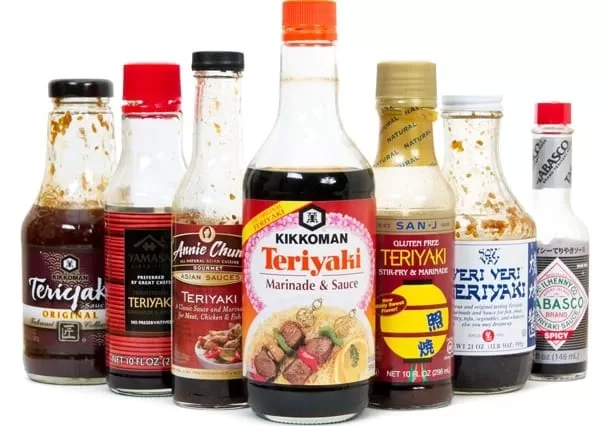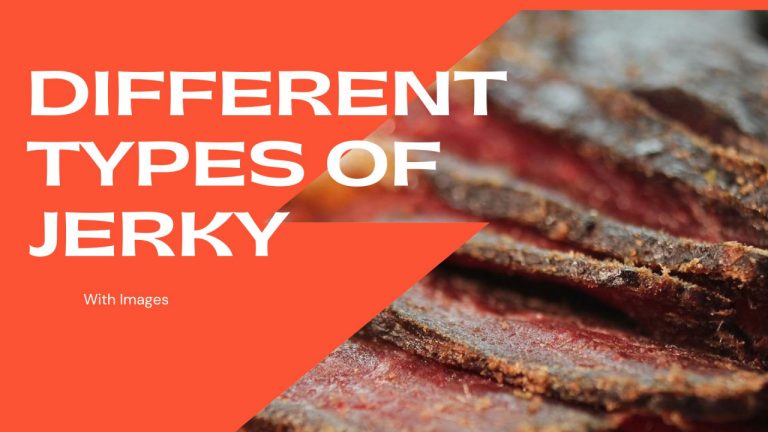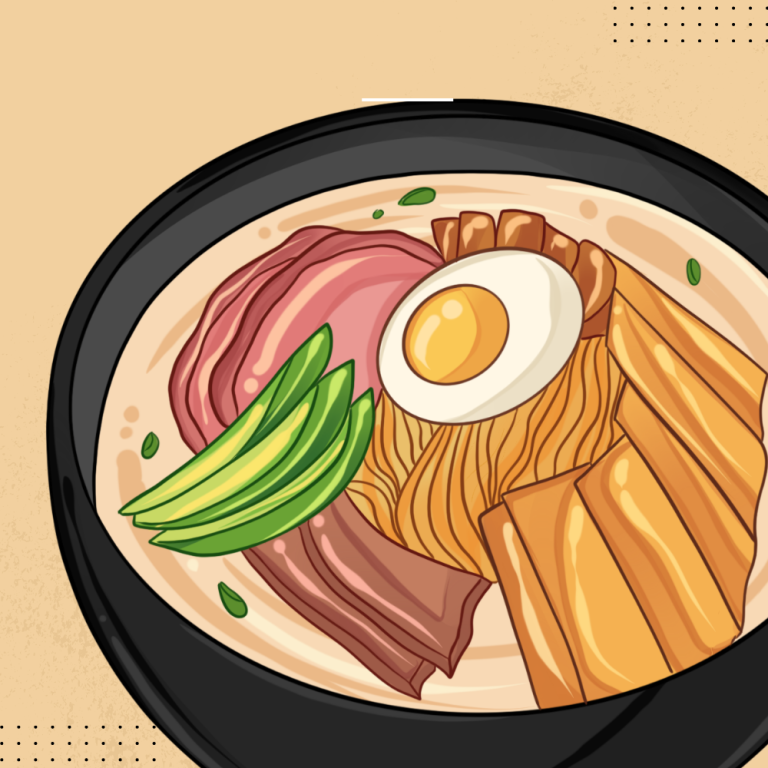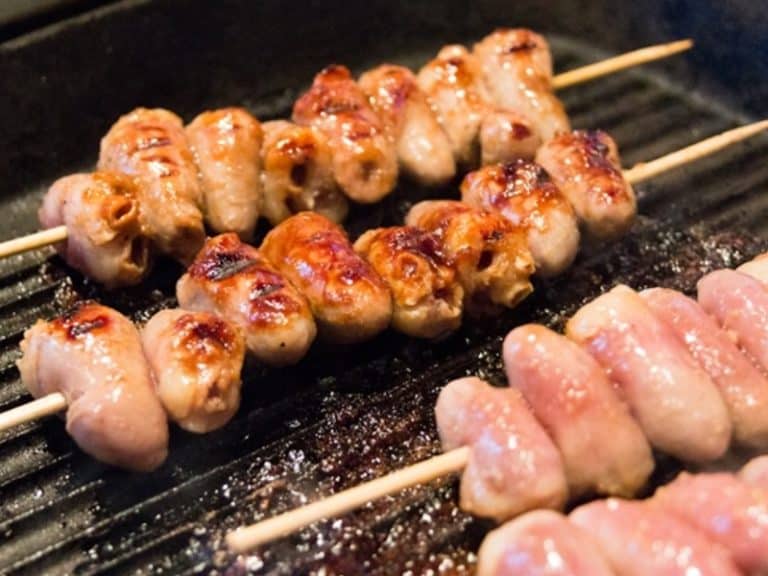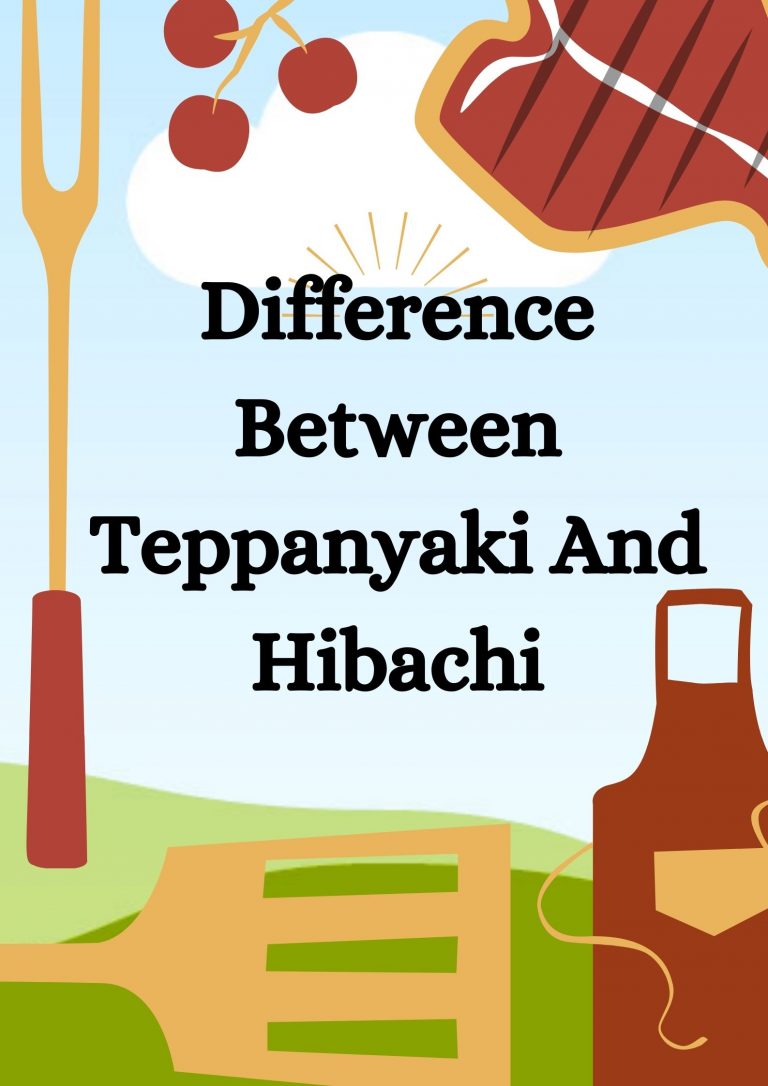11 Most Popular Japanese Meat Dishes
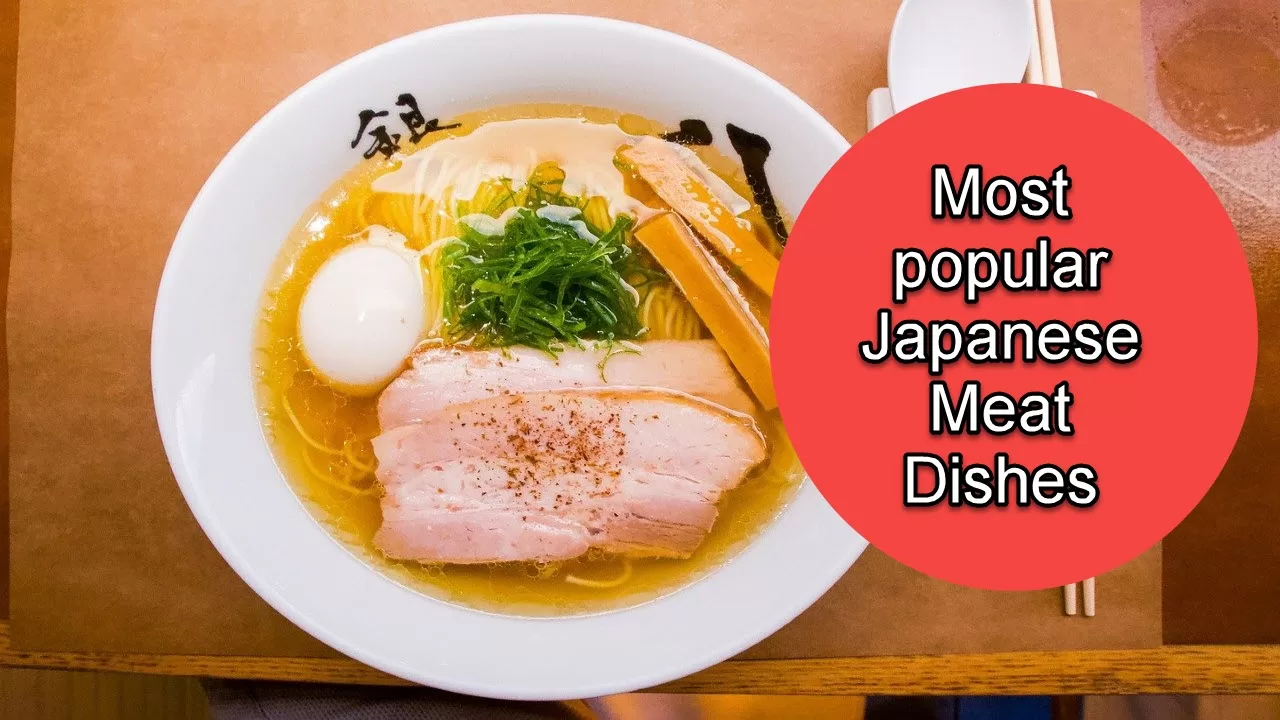
Are you craving for Japanese meat dishes? Many simmered foods exist in Japan, such as oden (fish in broth) or beef dishes, such as sukiyaki and nikujaga.
Japanese foods, such as gyoza and ramen, as well as spaghetti, curries, and hamburgers, were adapted to Japanese tastes and ingredients after being inspired by foreign cuisines, particularly Chinese cuisine. Because of Buddhism, the Japanese have traditionally avoided meat, although since the 1880s, dishes with meats, such as tonkatsu and yakiniku have become popular. The popularity of Japanese cuisine, notably sushi and ramen, has spread worldwide.
Let’s look at some of the most popular Japanese dishes with meat available at your local Japanese restaurants.
Japanese Meat Dishes
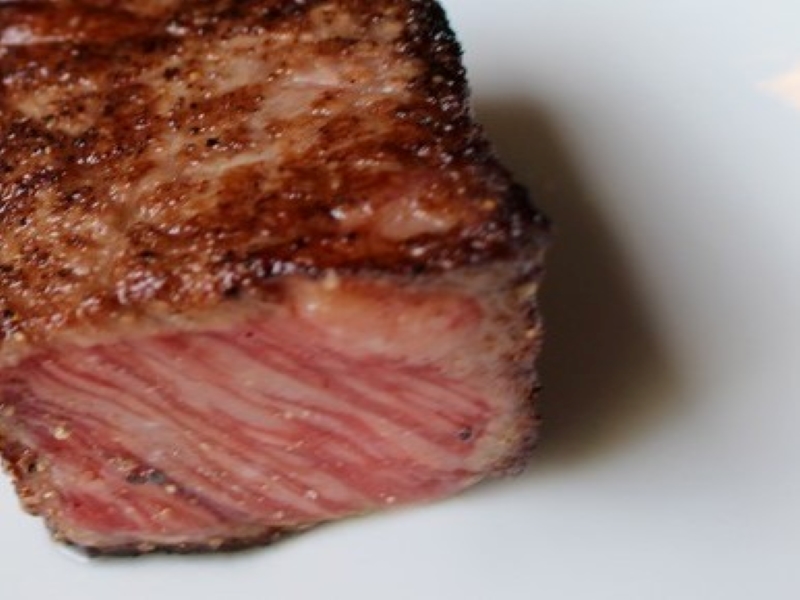
Olive Sanuki Wagyu
One of the most popular Japanese beef dishes is Olive Sanuki Wagyu. It is regarded as one of the world’s rarest steaks. The cows are fed a specific diet of Inawara rice straw, Italian ryegrass, and pressed olive pulp while being raised in Japan’s Kagawa Prefecture.
It is a beef cut named after Sanuki, the previous name of the Kagawa prefecture, which is known for its olive orchards. The calves are fattened with cakes produced from crushed olives throughout the finishing phase of weaning, resulting in significant marbling.
Thinly sliced beef should be cooked rapidly. Cooking on a plancha or a tepanyaki grill is recommended.
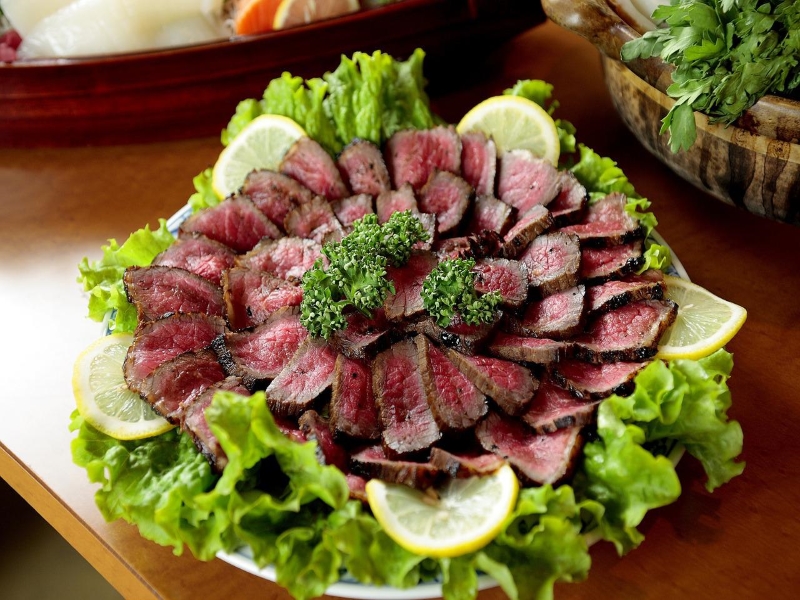
Beef Tataki
A mouthful of beef tataki might remind you of roast beef, but this thinly sliced Japanese dish is seared fast to retain the center a brilliant rare-pink color.
Beef tataki is a Japanese way of preparing fillet beef that involves lightly searing the flesh, marinating it, slicing it thinly like sushi, and serving it with a citrus-soy sauce dip. It’s served as sashimi, dipped in ponzu and topped with a dab of wasabi. Beef tataki is also sometimes consumed with a salad or just by itself with a glass of sake or shochu.
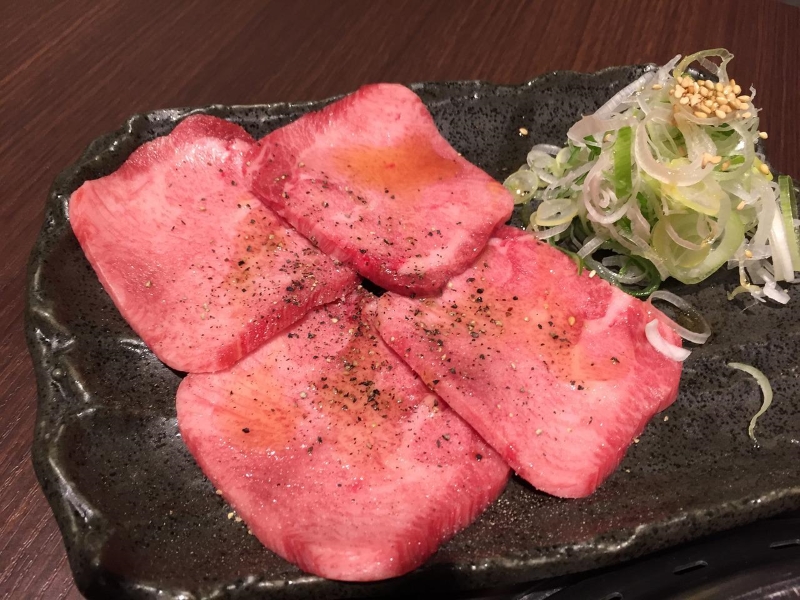
Yakiniku
The term Yakiniku is a Japanese word that refers to grilled meat cuisine. Japanese novelist Kanagaki Robun popularized the phrase “yakiniku,” which originally referred to western “barbecue” meals.
Today, yakiniku refers to a method of grilling small portions of meat, typically beef and offal, and vegetables on gridirons or griddles over a flame of wood charcoals carbonized by dry distillation or a gas/electric grill. It is one of most popular Japanese dishes. Korean Barbeque, a popular Korean meal, is thought to be the basis of modern yakiniku.
The grilled meats are eaten with rice and a variety of dipping sauces. Raw green lettuces and garlic are used to wrap the meat in Korean-style yakiniku, which is common in Japan.
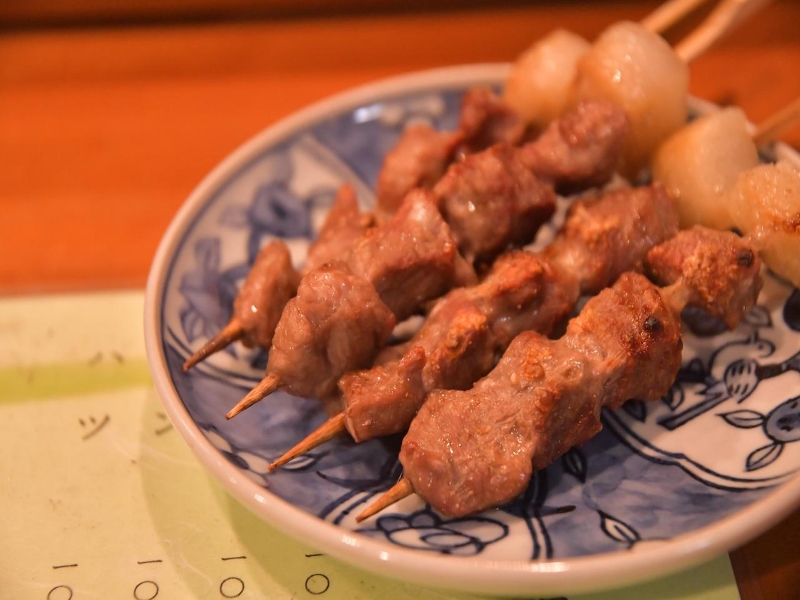
Yakitori
Yakitori is a skewered chicken dish popular in Japan. It is a form of Japanese grilled chicken in which portions of chicken meat are skewered with a kushi, a type of skewer often made of steel, bamboo, or similar materials. After that, they are roasted over charcoal. The meat is usually seasoned with tare sauce or salt during or after cooking.
Yakitori spices are usually classified into two types, it can either be salty or salty-sweet. Tare, a unique sauce made of mirin, sake, soy sauce, and sugar, is utilized for the salty-sweet variant. Powdered cayenne pepper, shichimi, Japanese pepper, black pepper, and wasabi are some other typical spices, depending on personal choice.
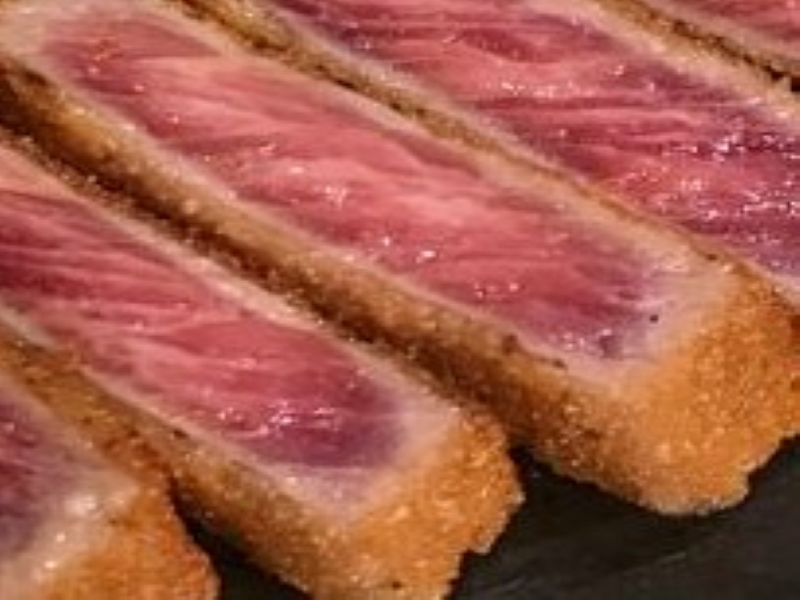
Gyukatsu
Gyukatsu is a commonly deep-fried beef cutlet prepared using wagyu beef. The cutlet is breaded and seasoned before being fried deeply until golden brown. It is then chopped into bite-size portions and served. Gyukatsu is frequently served with a variety of sides, such as sliced cabbage or other vegetables, wasabi, pickled vegetables, miso soup, dipping sauces, or barley rice.
Because most restaurants serve the meat raw to medium rare, a portable grill will be provided if a customer want to grill each piece of gyukatsu separately.
This delicious Japanese beef dish is served with a various types of sauces and rice, which is typically served with grated yam.
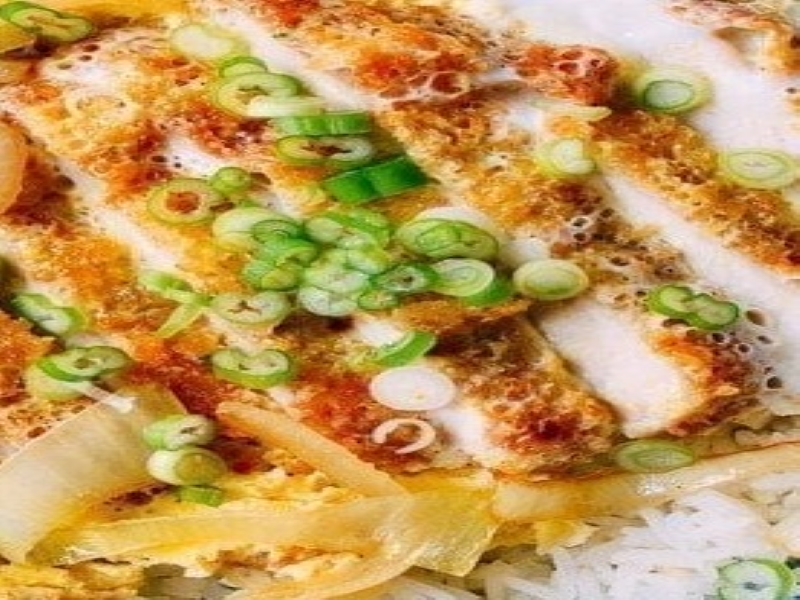
Katsudon
Katsudon is a well-known Japanese dish that consists of a bowl of rice topped with a deep-fried breaded pork cutlet, egg, veggies, and sauces like Worcestershire sauce. Tonkatsu, a deep-fried and crumbed pork cutlet, is another Japanese delicacy. The tonkatsu for the katsudon dish is made by dipping the cutlet in flour, then egg, and then panko breadcrumbs before deep-frying. The sliced tonkatsu and a beaten egg are then cooked in a boiling soup of dashi, soy sauce, and onions.
Katsudon with Worcestershire sauce, miso, and soy sauce is the most well-known, but there are alternative variants substituting beef or chicken instead of pork.

Shabu-shabu
Shabu-shabu is a hotpot dish from Japan that is made of thinly sliced meat and vegetables cooked in water and served with dipping sauces. The dish is prepared by the consumer at the table, piece by piece.
The meal is basically made with thinly sliced beef, but it can also be made with crab, pig, chicken, duck, lamb, or lobster in other variations. The most common cut is ribeye steak, but less sensitive cuts like top sirloin are also used. It is also possible to use a more expensive breed of cattle, such as Wagyu. Tofu with vegetables, such as Chinese cabbage, chrysanthemum leaves, nori or edible seaweed, carrots, onions, and shiitake and enokitake mushrooms, are commonly served. Udon, mochi, or harusame noodles may also be provided in some restaurants.
Submerging a thin slice of meat or a vegetable in a saucepan of boiling water or dashi/broth cooked with konbu (kelp) and stirring it is how the meal is done. The uncooked beef is usually dipped into the hot stock for only a few seconds because the portions are extremely thin and cook quickly. Putting all of the meat into the saucepan simultaneously may cause the meat to overcook. Before eating, cooked meat and vegetables are dipped in ponzu or goma (sesame seed) sauce and served with steamed white rice.
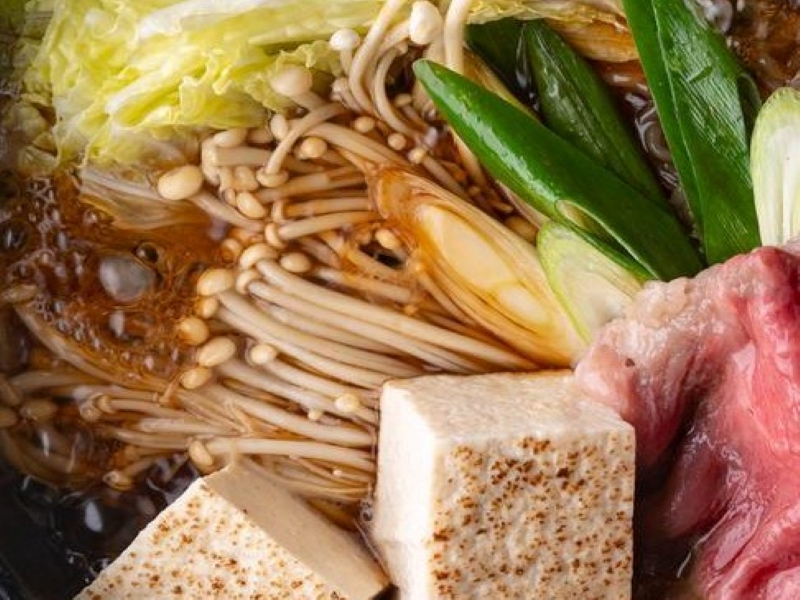
Sukiyaki
Sukiyaki is a Japanese dish made and consumed in the manner of a Japanese hot pot.
It consists of meat, usually thinly sliced beef, cooked or boiled at the table in a mixture of soy sauce, sugar, and mirin, together with vegetables and other ingredients, in a shallow iron pot. After being cooked in the saucepan, the components are frequently dipped in a small bowl of raw, beaten eggs and then eaten.
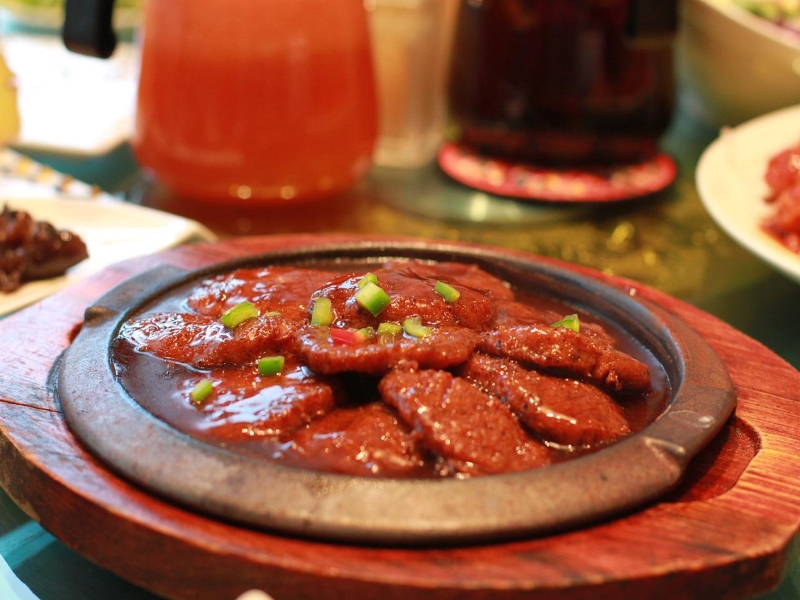
Teppanyaki
Teppanyaki came from the two Japanese words, teppan, which refers to the metal plate on which the food is cooked, and yaki, meaning grilled, pan-fried or broiled. Teppanyaki is a Japanese term for dishes cooked on a teppan, such as steak, okonomiyaki, shrimp, yakisoba, and monjayaki.
Beef, shrimp, scallops, lobster, poultry, and other vegetables are the common ingredients in Western-style teppanyaki. To cook the components, soybean oil is mainly used.
Noodles (yakisoba) or cabbage with sliced pork or seafood (okonomiyaki) are also key ingredients in Japanese-style teppanyaki, which are cooked in vegetable oil, animal fat, or a combination of the two. Many teppanyaki restaurants in Japan provide Kobe or Wagyu meat.
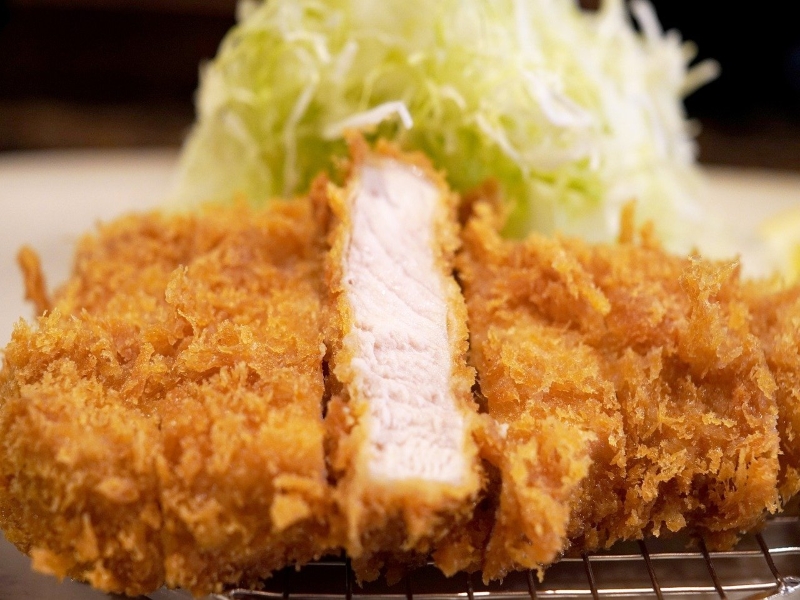
Tonkatsu
Tonkatsu is a Japanese pork cutlet that has been breaded and fried deeply. It requires coating pork pieces in panko or bread crumbs, deep-frying them in oil, and serving them with rice and shredded cabbage. Fillet and loin are the two most common cuts. Tonkatsu is also the backbone for meals like Katsukar and Katsudon.
This meal can be made with either a pork fillet or a pork loin cut. Before being fried, the meat is normally seasoned, peppered, dredged lightly in flour, dipped in beaten egg, and then covered with panko or bread crumbs.
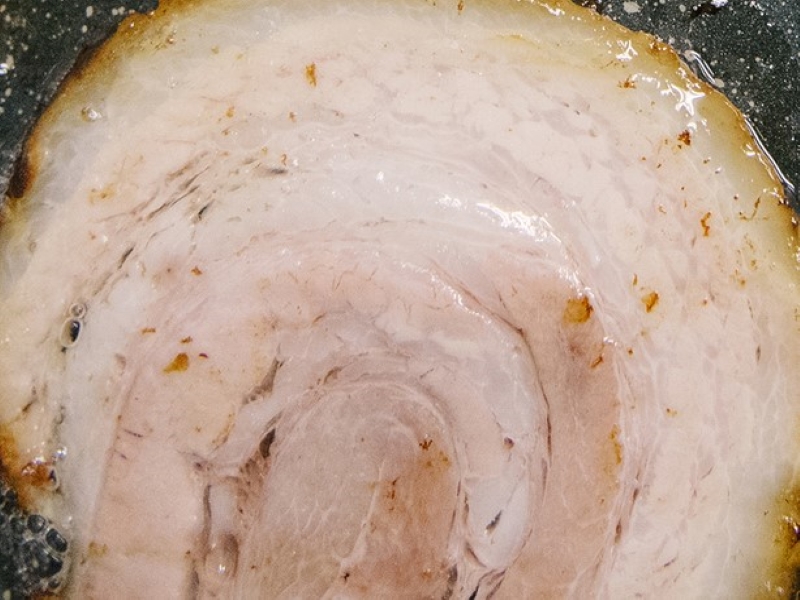
Chashu
Chashu is a slow-braised pork belly dish blended with traditional Japanese spices like soy sauce and sake. Flat pork belly can be used, but the portions can also be wrapped to make more refined versions that cook more evenly.
An aromatic mixture of soy sauce, mirin, sake, and sugar is poured to cooked pork belly. The meat is braised on low heat for hours, until it absorbs all of the complex flavors and turns the tough pork belly into an extremely soft, supple, and juicy piece of meat.
Sliced chashu is a key ingredient in famous ramen meals, but it can also be used as a stuffing for bread and sandwiches, or as a garnish for other noodle and rice foods.
